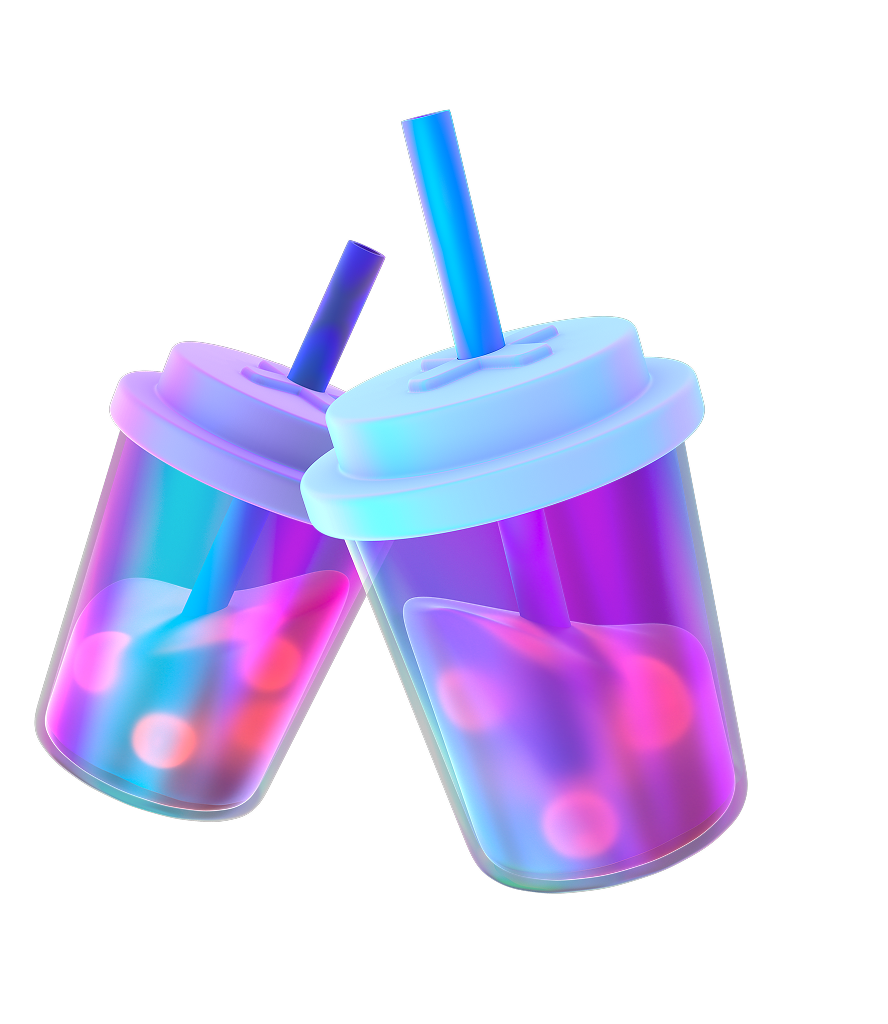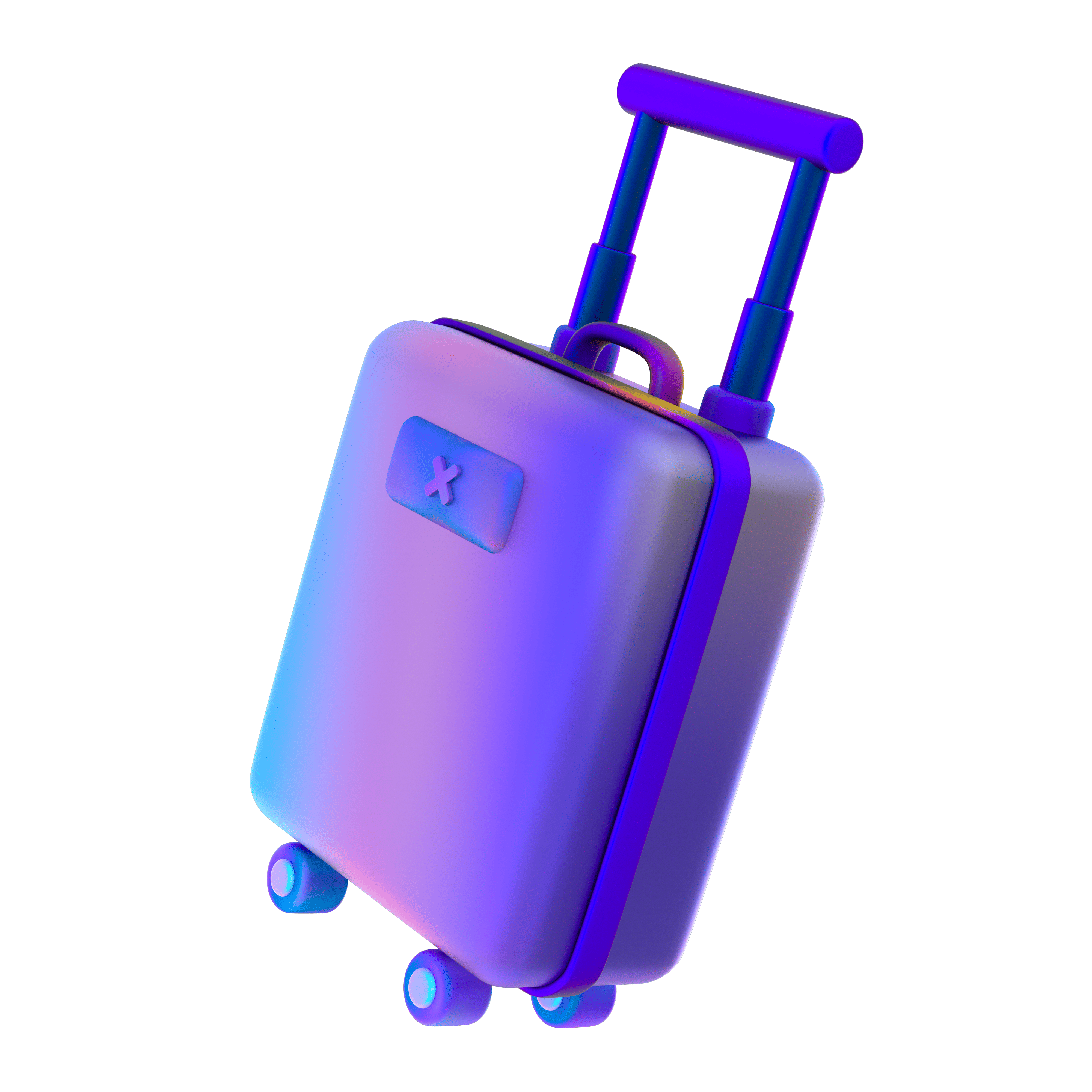
The drug issue is closer than we imagine. Their influence is more pervasive than we think. Discover how drugs are framed in culture, lifestyle and academic content, sometimes even through peers.
The drug issue is closer than we imagine. Their influence is more pervasive than we think. Discover how drugs are framed in culture, lifestyle and academic content, sometimes even through peers.











Peers
If our friends treat drug abuse as normal, something that we can try, will we try it too? Peer influence, or the desire to fit in – is powerful. Strong enough to nudge us towards making choices we never thought we would.
Partner
Relationships shape us, for better or worse. Love can make us pick up new habits – some good, some harmful. If drugs are involved, what starts as acceptance can turn into co-dependency. When that happens, there is shared abuse.
Movies/TV
Movies and TV shows often depict drug abuse as glamourous, rebellious, or a symbol of success, sometimes ignoring addiction or consequences. The more you see it, the more normal it seems. But is it really true, or just another scripted fantasy to make plots more interesting? Sometimes, “doing it for the plot” could land us the plot twist we didn’t ask for.
Music
A song can change our mood and affect how we feel. Music is regarded as a universal sensory language. It evokes strong emotions and memories, shaping our thoughts as we seek to relate to the lyrical geniuses of our favourite artists. When music makes a connection with drugs, the influence is louder than you think. What if the most powerful hooks aren’t in the chorus, but in the way they subtly reshape what we consider normal, even desirable?
Social Media
Scroll through social media long enough and you'll see drugs being normalised more than they're condemned. When influencers and celebrities glamorise them, they make us believe drugs are just a harmless part of the lifestyle. But the reality? It’s far more dangerous than they’re making it seem.
Books
Books could portray themes that show drug abuse as normal, or even elevate its rewards. Whether it's characters who smoke drugs casually, with little consequence, or journalling the benefits that a drug may have while concealing the known harms it brings. By romanticising addiction or conveying a guise of credible information about drugs, books can subtly reinforce the idea that drugs should be acceptable.
Overseas
Remember the excitement of travelling overseas? That excitement can increase the temptation to try something new. That’s fine—but what if it leads us into environments where drugs are casually used, especially in places where drug abuse is more socially accepted. A new environment, the desire to escape stress, and the anonymity of being in a foreign country can all influence how we view drugs in that moment.
Nightlife
Clubs, bars, and parties can create the perfect environment for drugs. People drink to relax, it lowers our guard, and the need to fit in can push us to make risky choices – all in the name of letting loose and having fun. When you see someone casually popping pills or lighting up to ‘get high’, it can be easy to forget about the real consequences.
Festival
Festivals are all about that high-energy vibe—loud music, psychedelic lights, electrifying crowds. All these can influence us to feel more invincible, like anything is possible. Our stress melts away, and suddenly, experimenting with drugs can feel like part of the fun, or a way to make everything feel more intense. But is it worth losing control for a moment of escape?
